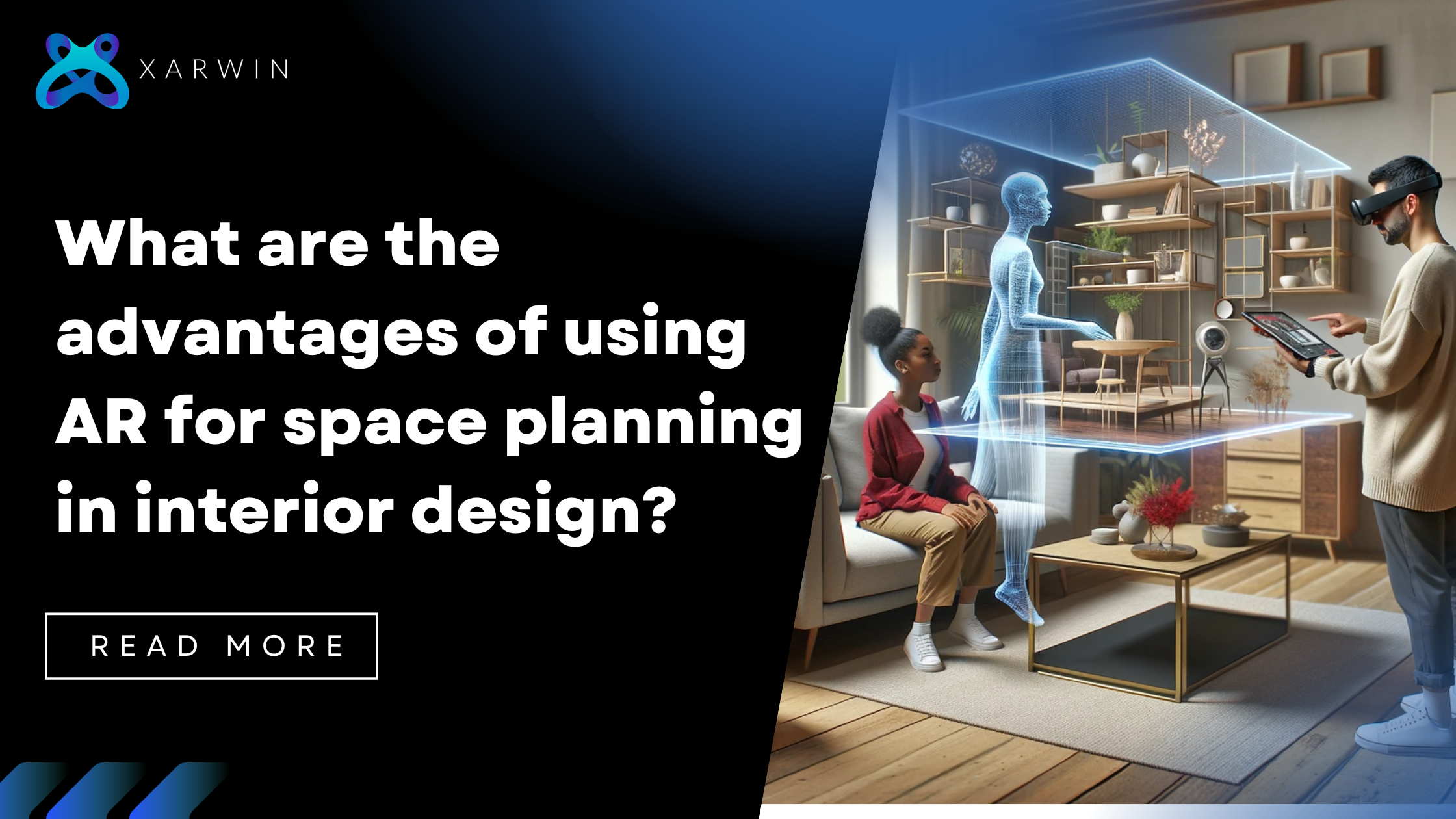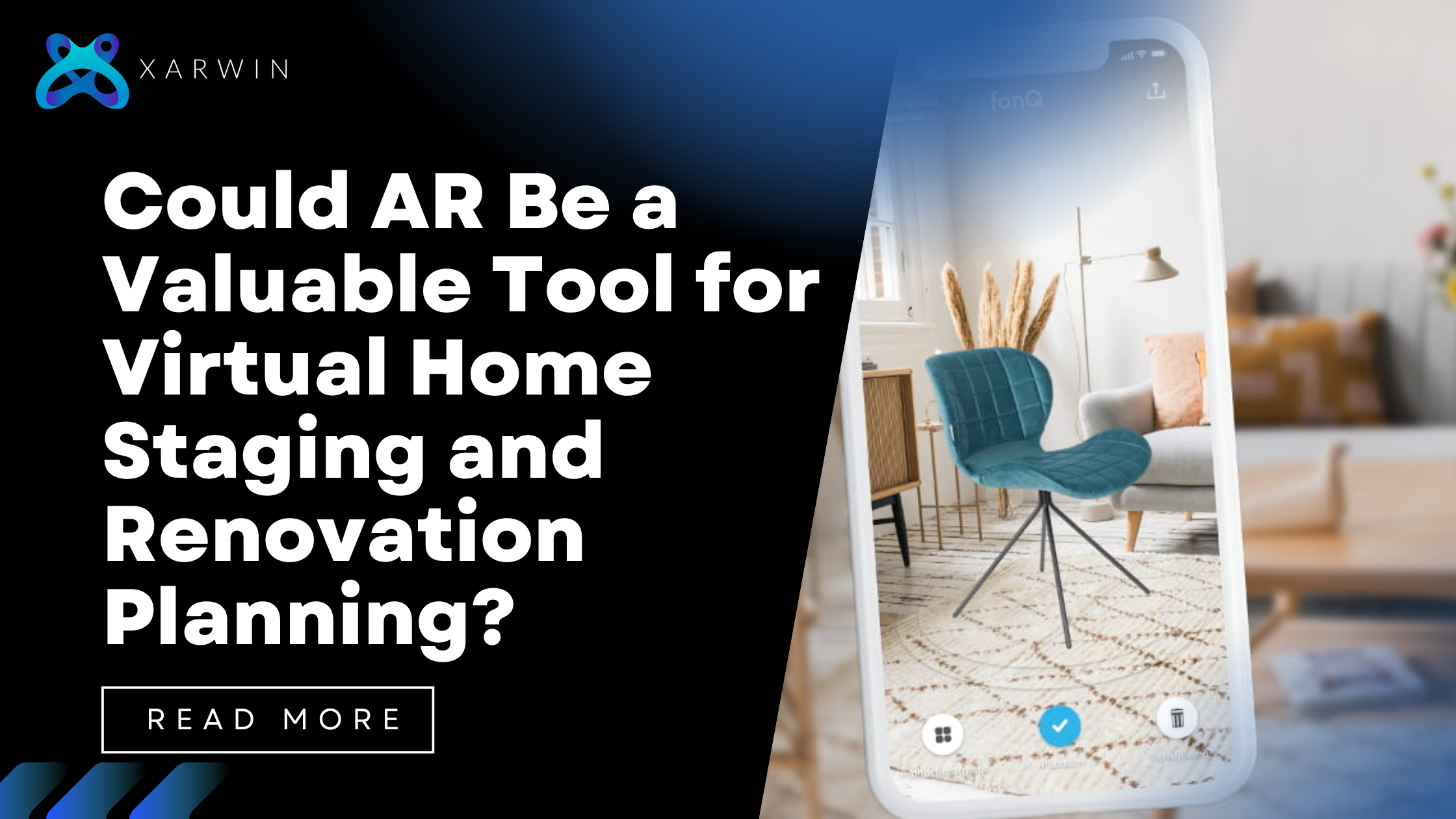This blog will explore how the advantages of AR for interior designing make it more interactive and fast. You will get to go on an expedition in AR applied use in interior design, and explore its real benefits, from enhancing design visuals to quickening the preparatory tasks.
We will also discuss how AR promotes sustainability through customization, and how it improves consumer satisfaction and provides convenience in work. In short, AR is creating the way for the future of interiors.
Furthermore, we will address the benefits brought on by the use of AR in space planning for interior designers. This exploration is intended to be engaging and educational for an architect, a designer, or any homeowner in general. Expect vivid visuals, simplified design magic, and a green touch for a sustainable future in interior design.
So, are you ready for a design upgrade? AR is here to be your wingman!
Advantages AR possesses for interior design
Enhanced Visualization and Realism:
Did you know that with the help of Augmented Reality (AR) technology, you can design and visualize a lifelike image of a space without making any physical alterations?
Through a web-based AR platform, you can see how furniture would look in the room and even see the colours overlaid in the surrounding environment, offering a real-life preview of the outcome. This “immersive” experience allows you to feel how your design would look and feel in that particular space, thereby reducing guesswork which can often lead to expensive errors.
The application of AR has transformed how designers and clients work together as partners, to come up with a beautiful and functional room, house, or building. So, if you’re planning to renovate or design your space, consider using AR technology to make the process more interactive and exciting!
Streamlined Design Process:
Augmented Reality is a technology that can revolutionize the design process by accelerating it. AR empowers designers to test different room configurations, layouts, and styles quickly. It also enables them to make changes in response to client feedback in a snap.
AR is a game-changer for efficiency in the design world. By saving time, it encourages co-creation between clients and developers, leading to the creation of beautiful living spaces that match the client’s vision.
Customization and Personalization:
AR allows for significant levels of flexibility in interior design projects. With AR, designers could present different designs personalized for the client. Personalizing the design at this point of the process enables a better relationship between the client and the design, enabling the final results to be in sync with what the customer wants in their space.
Cost-Efficient Planning:
Designers will have a chance to correct the mistakes in the early stages of space planning by taking advantage of AR. The use of this medium assures the clients that they can preview and approve the design in the virtual room, thereby minimizing possible dissatisfaction or additional expensive amendments that might be necessary after construction has begun. By being proactive, the financial risks involved in the traditional trial-and-error approach are reduced.
Accessibility and Remote Collaboration:
Aided by AR, it will be easier for designers, clients, and other relevant people to collaborate remotely. This implies that designers are in a position to send AR models to their clients who are located thousands of miles away leading to easy communication and cooperation. Such accessibility becomes very important in today’s world with huge distances between countries.
Real-Time Design Feedback:
With an AR application, one makes a choice and instantly receives feedback. These sessions may also include clients giving feedback and providing their preferences making it an exciting and active approach to designing the project. In addition, this real-time collaboration helps ensure that the final design matches the client’s preferences and meets their expectations.
Sustainable Design Practices:
AR helps reduce environmental impacts such as waste of materials and energy consumption. With proper virtual reproductions, designers pick greener interior designs for instance by maximizing layout efficiency and choosing ecological materials. This follows the growing trend of including sustainability in aspects such as architectural and interior design.
Marketing and Client Engagement:
Interior designers may also use augmented reality as a very effective marketing strategy. Interactive displaying of designs offers a better approach for making impressions during client presentations and proposals. Using AR, designers can bring their vision closer to the client’s aspiration by helping him go through various design concepts in terms of potentiality which will be later realized at the design stage.
Increased Client Satisfaction:
Therefore, the incorporation of AR into interior design also translates to greater customer satisfaction in the long run. This enables clients to visualize the proposed designs, giving them an idea of what to expect as well as a deeper sense of participation. This provides a closer bond between the client and the designer, resulting in higher chances of achieving project objectives successfully.

WP Developer
Discover the Power of Xarwin’s Web AR! Reach out to us for a personalized, free demo tailored to your business needs. Experience firsthand the transformative impact of augmented reality on your brand.





